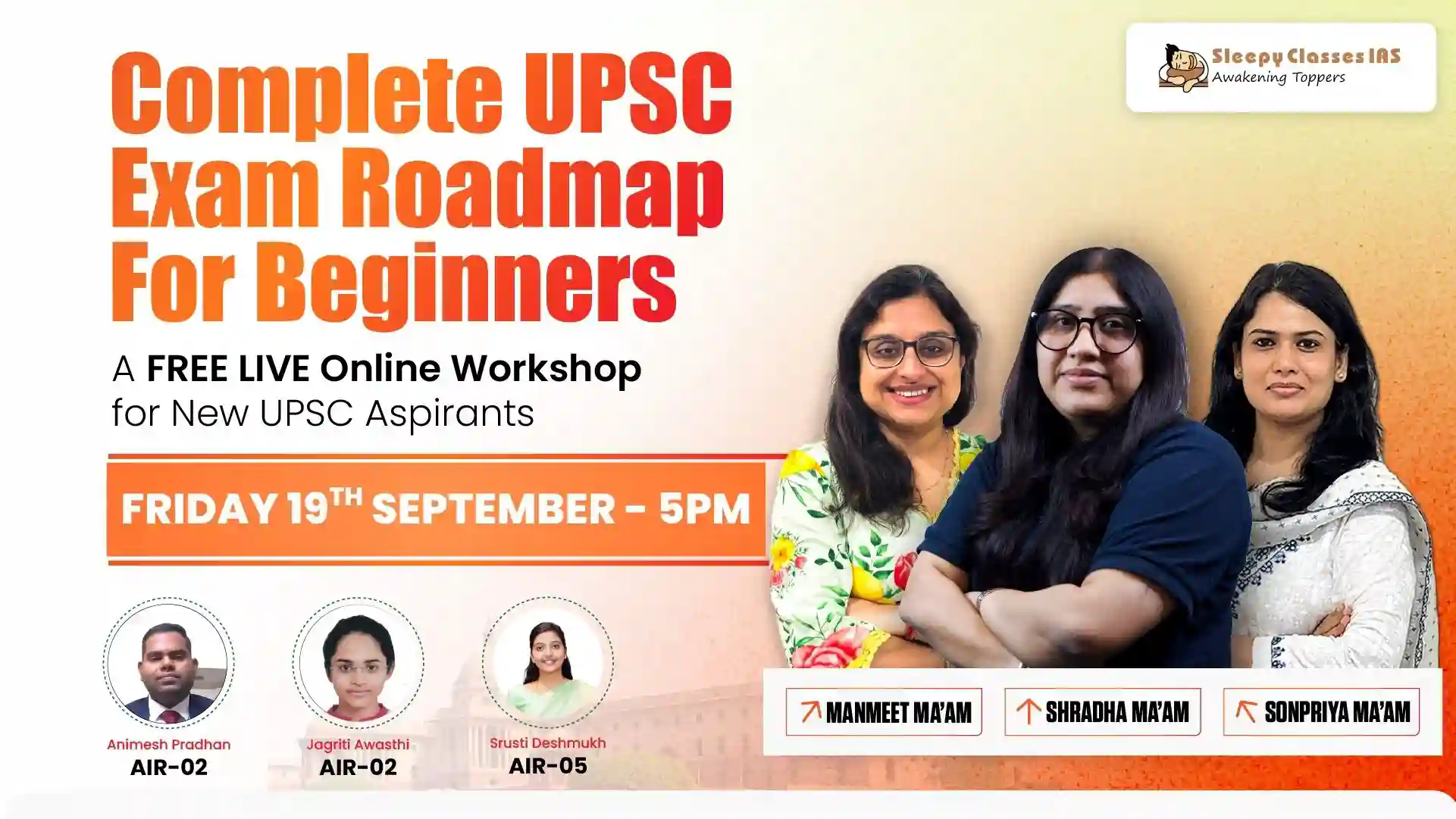
The video discusses an important previous year question from Political Science and International Relations (PSIR) and provides insights on how to approach the structure of answers, ensuring interlinkages across papers, and using current events as examples to enrich theory-based questions. This is part of a live mains crash course for 2024, aimed at helping students excel in PSIR for their mains examination. The course includes live lectures, weekly tests, full-length tests, model answers, video solutions, detailed evaluations, and feedback. Additionally, monthly current affairs lectures and doubt resolution groups are provided to help students stay updated and clear their doubts. The course also offers mentorship with selected candidates for personalized guidance. For more information, students can contact the team through the provided contact details. Now, let’s dive into today’s important lecture and try to solve the question together.
Key Takeaways
- Understanding the doctrine of rights as trumps.
- Differentiating between negative and positive rights.
- The importance of safeguarding individual rights against state intrusion.
- Balancing individual rights with social welfare.
- The role of the judiciary in interpreting and protecting rights.
Doctrine of Rights as Trumps
The concept of rights as trumps is crucial in understanding how certain rights hold supremacy over other competing interests or considerations. This idea is often associated with Ronald Dworkin, who popularized the term. The doctrine suggests that some rights are so fundamental that they cannot be compromised or made secondary to anything else. These rights are often civil and political rights that protect individuals from undue interference by the government or society.
Negative and Positive Rights
Rights are generally divided into two categories: negative and positive rights. Negative rights set boundaries that the state or society cannot interfere with, creating a sacred sphere of individual functioning. Examples include the right to life, freedom of speech, and religious freedom. Positive rights, on the other hand, depend on proactive actions by the state to ensure their fulfillment. These include rights to education, health, and social services.
Balancing Individual Rights and Social Welfare
While individual rights are essential, they must be balanced with the larger social good. This balance is often achieved through the principle of proportionality, which ensures that any restriction on rights is necessary and proportionate to the benefit it aims to achieve. The Indian Constitution, for example, beautifully balances individual rights with social welfare through reasonable restrictions.
The Role of the Judiciary
The judiciary plays a crucial role in interpreting and protecting rights. Landmark judgments like the K.S. Puttaswamy case, which recognized the right to privacy, and the Anuradha Bhasin case, which questioned the internet shutdown in Jammu and Kashmir, highlight the judiciary’s role in safeguarding individual rights while balancing them with social welfare.
Practical Examples and Applications
- Right to Life and Gun Control in the U.S.: The U.S. Constitution’s Bill of Rights is a perfect example of rights as trumps. The right to bear arms is seen as essential for preserving life, even though it leads to debates on gun control and public safety.
- Right to Privacy and Aadhaar in India: The Aadhaar judgment in India balanced the right to privacy with the need for a unique identification system to ensure targeted delivery of services. The Supreme Court laid down a three-step test to ensure that any restriction on fundamental rights is legitimate, necessary, and proportionate.
- Internet Access and Public Safety: The Anuradha Bhasin case questioned the prolonged internet shutdown in Jammu and Kashmir, emphasizing that such restrictions must be temporary and proportionate to the security concerns they aim to address.
Conclusion
Understanding the doctrine of rights as trumps is essential for mastering PSIR. It helps in appreciating the delicate balance between individual rights and social welfare. The judiciary’s role in interpreting and protecting these rights ensures that they are not compromised unnecessarily. By applying these principles to contemporary issues, students can enrich their answers and stand out in their examinations.
For more informative content on PSIR, Click Here!





